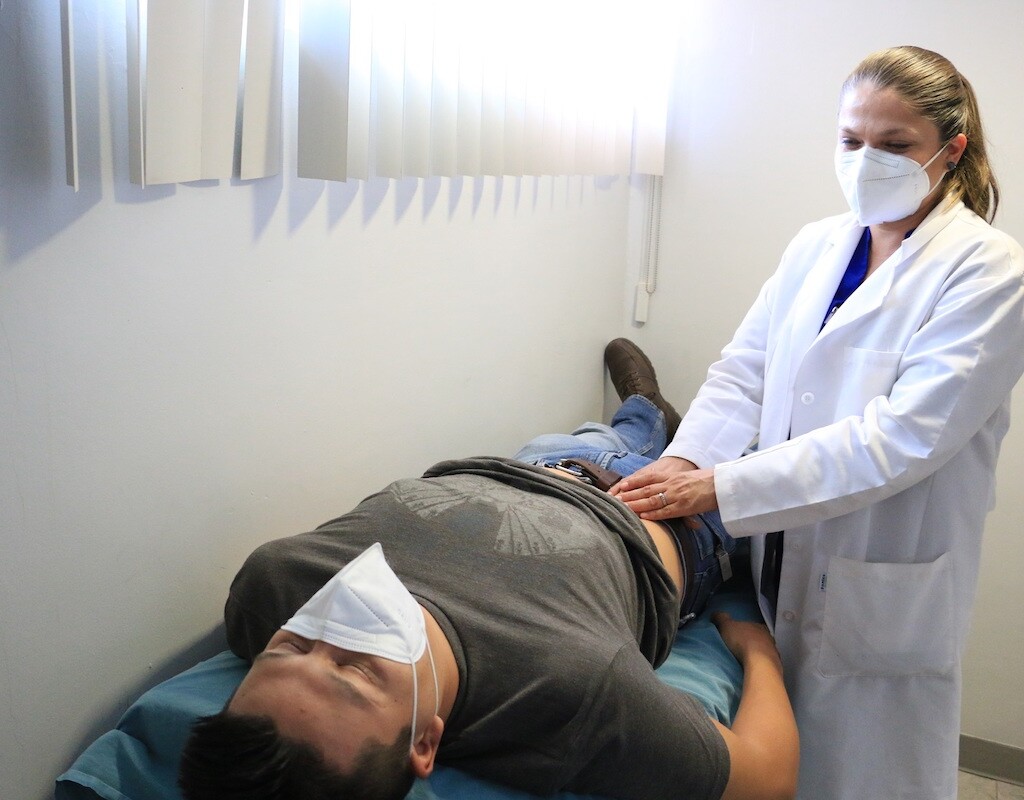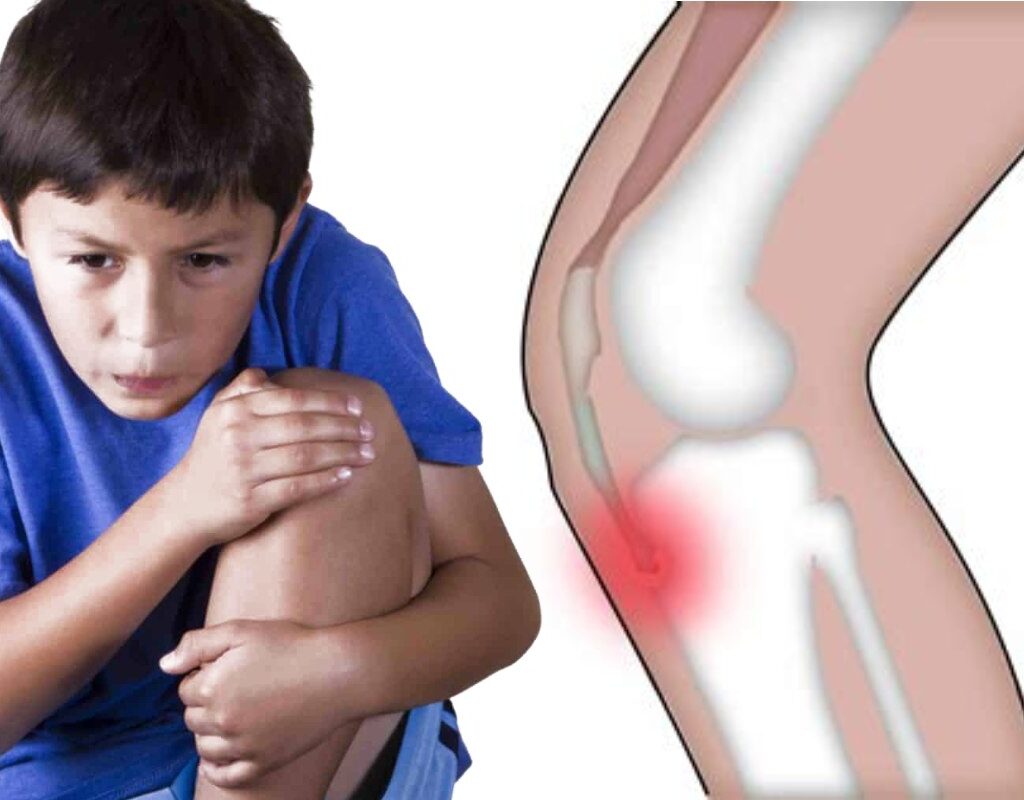Biodecoding is a branch of psychology that aims to understand how our emotions and thoughts directly influence our physical health. This approach maintains that many physical illnesses have an emotional origin and that through self-awareness and changing our mental patterns, we can induce genuine healing.
How to Heal Physical Illnesses from the Emotional Perspective of Biodecoding
The theory of Biodecoding proposes that illnesses are, in a way, “biological solutions” that our subconscious creates to alert us about unresolved internal emotional conflicts.
For example, if a person experiences chronic stress or emotional repression due to a demanding job or conflictive personal relationships, this could physically manifest as headaches, hypertension or digestive problems.
Emotions and Physical Symptoms
Each emotion impacts the body in a specific way. Anger, for instance, can increase the production of adrenaline, affecting the cardiovascular system and raising blood pressure. Fear can trigger the “fight or flight” response, suppressing non-essential functions like digestion, which could lead to gastrointestinal disorders if the fear is chronic.
Practical Example: Headaches and Emotional Conflicts
Let’s revisit the earlier mentioned case about recurrent headaches. A therapist might explore with the affected person potential sources of stress or anxiety in their life that could be contributing to their headaches. This process would involve a series of sessions where interview techniques and possibly introspection exercises are used to help the person identify and articulate their repressed emotions.
Once these emotions are identified, the next step would be to work on emotional management techniques and conflict resolution. This could range from relaxation techniques and mindfulness to cognitive-behavioral therapy, depending on the specific situation of the individual and their needs.
Transformation and Healing
The ultimate goal of Biodecoding is not just to alleviate the symptom but to transform the individual’s relationship with their emotions and life experiences. By making these hidden links between mind and body conscious, people can begin to take proactive steps not only to improve their physical health but also their emotional and psychological well-being.
This holistic approach not only has the potential to resolve physical symptoms but also empowers individuals to take control over their health and life, offering them tools to better manage their emotions and, consequently, their physical health. Biodecoding, therefore, offers a promising path to a healthier and more harmonious life, aligning the body, mind and spirit in a healthy and sustainable balance.
The Role of Self-Awareness in Healing
Uncovering Our Hidden Emotions
Self-awareness is essential in the self-healing process. Knowing oneself allows us to identify which emotions or past experiences might be influencing our current health state. This self-knowledge is the first step towards emotional liberation and physical healing.
How to achieve it? Through techniques such as meditation, reflective writing or sessions with a therapist specialized in Biodecoding, we can begin to unravel the emotions locked in our subconscious.
A shift in consciousness is crucial. If we continue to view our illnesses as purely physical or merely coincidental, we deprive ourselves of the opportunity to heal the emotional root of the problem. By changing our perspective and understanding illness as a message from the body that reflects emotional imbalances, we can start a true healing process.
The Self-Healing Process
Step 1: Recognition
The first step to healing through the mind is to recognize and accept our emotions, without judging them. This includes learning to feel without repressing or ignoring what our body is trying to communicate.
Step 2: Connection and Release
Once our emotions are recognized, the next step is to connect with them and allow ourselves to feel fully. This process may involve emotional release techniques such as EFT (Emotional Freedom Techniques), which help to reduce the emotional intensity associated with memories and thoughts.
Step 3: Integration and Growth
Finally, integration involves accepting our experiences and emotions as valid parts of our being, learning from them to foster our personal growth. This is where we truly begin to heal, not just emotionally but also physically.
Tools and Resources for Self-Healing
- Meditation and mindfulness: Powerful tools for developing self-awareness and managing stress, helping to calm the mind and body.
- Biodecoding Therapy: Working with a therapist can provide guidance and techniques to decode the emotions causing illnesses.
- Recommended Readings: Books on self-healing and other texts on emotional psychology can offer valuable insights into how emotions affect our health.
Conclusion
Biodecoding offers us a powerful way to heal ourselves, using our emotional and mental understanding. It’s not about discarding traditional medicine, but about complementing it with deep personal work that leads to a healthier and fuller life.
Ultimately, learning to heal ourselves is learning to live fully, recognizing that each of us has the capacity to positively influence our health and well-being.
The cover image has been provided courtesy of Depositphotos.com




